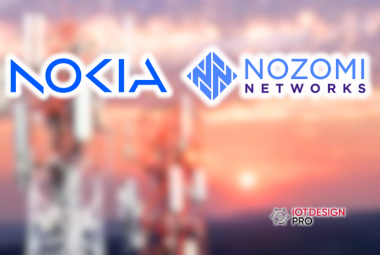Due to a 10 percent YoY increase in the average selling price (ASP) in 2022, construction machine revenues grew 3 percent YoY to reach $213 billion
Counterpoint Research’s new Global Connected Construction Machine Market report has now highlighted that the shipments of international connected construction machines increased 6.7 percent YoY in 2022 even though there was a slump in the shipments of overall construction machines. The report also added that one in three construction, which were sold furnished with connectivity.
The slowdown in China’s construction activity impacted the shipments of Chinese players and overall global shipments. However, due to a 10 percent YoY increase in the average selling price (ASP) in 2022, construction machine revenues grew 3 percent YoY to reach $213 billion. The ASP increased due to supply shortages and addition of features like electrification and connectivity.
Construction machines refer to equipment, machinery and vehicles specially designed for construction tasks such as excavation, loading and unloading, moving materials, material handling and demolition. The construction machinery also includes mining machinery applications like rock drilling, rock cutting, crushing and tunneling. Engineering and construction projects are complex and difficult to manage. Connected machines help measure construction activity, which is regarded as a barometer of economic prosperity for any region.
Senior Research Analyst Soumen Mandal said, “Construction machinery is a highly concentrated market with the top five players – Caterpillar, XCMG, Sany, Komatsu and Volvo – capturing 60% of connected construction machine shipments in 2022. Smaller players like Liebherr are aiming to make inroads by providing connectivity in a larger proportion of their SKUs. JCB and Hitachi cater to the lower end of the market by offering cost-effective solutions and have fewer machines with connectivity. We expect significant growth opportunity for connectivity for these brands in the coming years.”
The Counterpoint’s survey report further stated that demand for connectivity is driven by theft prevention, predictive maintenance, automated operations, distance monitoring, AR/VR-based simulation and usage-based applications like insurance, vehicle financing and rental services. The tracking of machine assets also helps schedule construction operations in a better way and complete projects on time. Orbcomm, Teltonika, Calamp, syniotec, Machinemax, Trackunit, VisionTrack, Tenna, Trimble and DPL Telematics are a few among many players embedding connectivity in heavy construction machines while offering complimentary services like connectivity and device management platforms.
Commenting on the market outlook, Associate Director Mohit Agrawal said, “Global construction machine shipments are likely to remain flat and reach 2.33 million units by 2030. The current downtrend is expected to last another two to three years. We expect the market to rebound from 2025 onwards. The scarcity of skilled technicians, laborers and drivers will fuel the growth of automated machines. We expect nearly 75% of construction machines to have embedded connectivity by 2030 as the industry shifts towards electrification and autonomous operations."

















